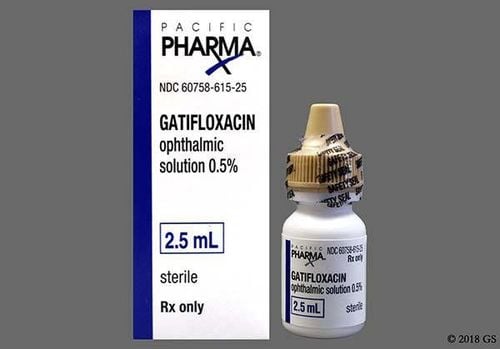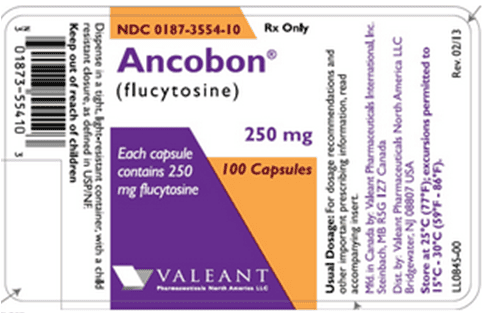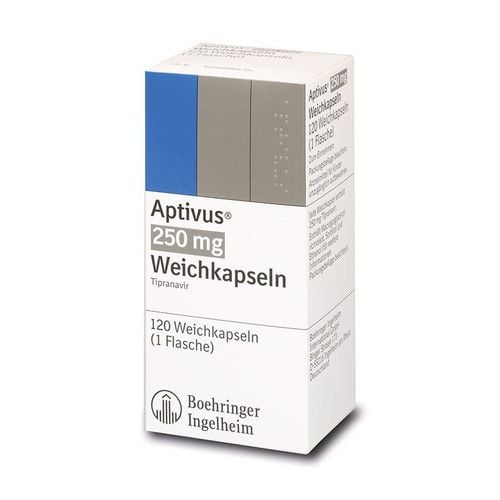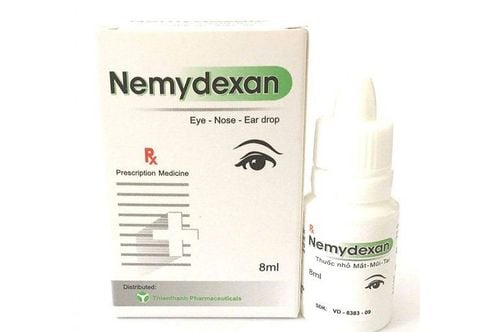This is an automatically translated article.
Adenovirus is a common cause of many diseases in humans and often causes respiratory infections or conjunctivitis or inflammation of the lining of the eyes. The disease can be transmitted from person to person through direct or indirect contact with the adenovirus. To date, 47 types of human adenovirus have been detected.
1. What is an adenovirus?
Adenovirus is a common virus that causes many diseases in humans. Usually, this virus usually causes respiratory infections or conjunctivitis or inflammation of the lining of the eyes. In addition, certain human adenoviruses induce undifferentiated sarcomas in newborn hamsters and other rodents that can mutate some rodent cells. There is currently no clear evidence that Adenovirus causes cancer in humans, but the issue of possibility remains a concern.
Adenovirus is very hardy and can survive for long periods of time outside of the human or host animal's body. Both animals and humans are at risk for infection with adenovirus. Adenovirus can infect different organs in the body, but most infections do not produce signs or symptoms.
2. Classification of Adenoviruses
The adenovirus particle consists of a tetrahedral protein shell surrounding a protein core containing a double-stranded, straight-stranded DNA genome. The shell is 70 to 100 nm in diameter, made up of 252 structural capsomeres. The 12 vertices of the icosahedron are formed by pentagons, each with a thin projection called a thread. 240 pyramids make up 20 faces and the edges of the polyhedron are called hexagons. The shell also contains some additional, small polypeptide elements. The core granule is made up of two major proteins (polypeptide V and polypeptide VII) and an arginine-rich accessory protein (μ). A 55 kDa protein is covalently attached to the 5′ ends of DNA.
The genome is divided into early functions (E1A, E1B, E2A, E2B, E3 and E4 regions), with first expression during viral replication and late functions (L1 to L5 regions), usually expressed after the initial functions and after the initiation of viral DNA replication. Late genes encode viral structural proteins. In the case of Ad2, DNA replication begins 6 to 8 hours after infection with cultured human cells. The VA segment of the genome encoding small RNAs (VAI and VAII RNAs) is about 160 nucleotides long, untranslated but regulates the translation of viral mRNAs. VA RNAs are transcribed by eukaryotic RNA polymerase III. The genome also encodes a tripartite RNA leader sequence concatenated with all late viral mRNAs.
In 1977, RNA splicing was discovered in cells infected with adenovirus. Both strands of double-stranded DNA code for specific viral functions. The termini of the DNA molecule implements the reverse repeat sequences so that the denatured single strands can form circular DNA molecules.
Currently, 47 types of Human Adenovirus have been identified with five additional candidate types under investigation. The genomes of different adenoviruses are genetically distinct and distinct in size. Adenovirus viruses include the following groups:
Group A with serotypes 12, 18, 31; Group B with serotypes 3, 7, 11, 14, 16, 21, 34, 35 Group C with serotypes 1, 2, 5, 6 Group D with serotypes 8, 9, 10, 13, 15, 17, 19, 20, 22-30, 32, 33, 36, 39, 42-47 Group E with serotype 4 Group F with Adenovirus serotype 40 41
3. Signs of infection caused by Adenovirus
The main target of the human adenovirus is mainly to enter the respiratory tract. Various adenoviruses can also cause acute cystic conjunctivitis, fluid conjunctivitis, and less commonly cystitis and gastroenteritis. In the case of initial illness, acute respiratory illness is the most common form of disease caused by adenovirus infection. The virus can be transmitted through respiratory or eye droplets. Most adenovirus infections are asymptomatic. When the infection is symptomatic, a wide range of clinical manifestations can occur because most of the mildly pathogenic adenoviruses have an affinity for a wide range of tissues.
Symptomatic infections that occur in children often with fever along with upper respiratory tract symptoms include; pharyngitis, otitis media, cough and exudative tonsillitis ....
Adenovirus type 5 and Adenovirus 7 cause a separate syndrome of conjunctivitis, pharyngitis and fever. Rare neonatal syndromes include severe bronchiolitis and pneumonia. In young adult populations that live closely together, outbreaks of respiratory illness may occur and symptoms include fever along with lower respiratory tract symptoms, usually bronchitis but occasionally pneumonia. pneumonia.
Viral infections are increasingly recognized as a cause of severe respiratory and other clinical diseases in immunocompromised adults. In adults, effusion conjunctivitis is sometimes severe and sporadic. Conjunctivitis is usually bilateral. In addition, anterior ventriculopathy may develop with the appearance of chemical lesions, pain, and corneal perforation. These marks are usually seen by fluorescence staining. Fluid conjunctivitis usually resolves within 3 to 4 weeks, although corneal lesions may persist longer.
Most patients recover completely. Even severe primary viral pneumonia is not fatal except in rare fulminant cases, mainly in neonates, young adults, and immunocompromised patients.
4. The route of spread of the Adenovirus virus
There are many ways that an Adenovirus infection can be spread from one person to another. Close contact with an infected person, such as touching an infected person or their personal touch..., is a common way to spread the disease. In addition, this virus can also spread through droplets in the air when an infected person coughs or sneezes. Because the virus can live outside the body, you can also get the Adenovirus by touching a contaminated surface. Some types of adenovirus are spread through the feces of an infected person and by contact with contaminated water, such as swimming pools.
5. Prevention of Adenovirus infection
Vaccines containing Adenovirus 40 and Adenovirus 7, taken orally in capsules, can prevent most diseases caused by these two. The vaccine was unavailable for a number of years but was reintroduced in 2011. However, the vaccine, which is only available to military personnel, can be given to patients as young as 17 years old. up to 50 years of age and should not be used by women who are pregnant or breast-feeding.
To minimize transmission, healthcare professionals should change gloves and wash hands after examining an infected patient, disinfect equipment thoroughly, and avoid using the same ophthalmic device on multiple patients. Adenovirus is resistant to many common disinfectants; Bleach-based products containing 2000 to 5000 ppm chlorine are recommended, as are antibacterial products recommended by the US Environmental Protection Agency (EPA) to be effective against norovirus. The U.S. Centers for Disease Control and Prevention (CDC) has also made specific recommendations for sterilizing ophthalmic instruments to prevent outbreaks of conjunctivitis.
Please dial HOTLINE for more information or register for an appointment HERE. Download MyVinmec app to make appointments faster and to manage your bookings easily.













